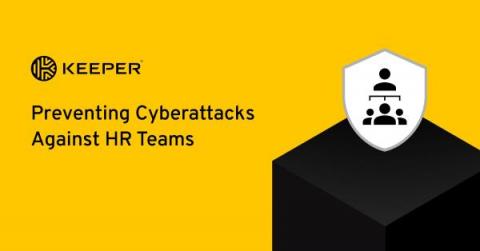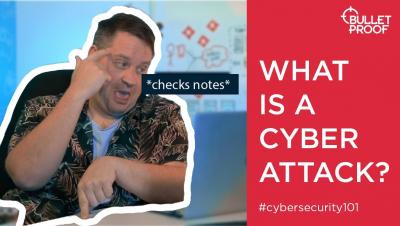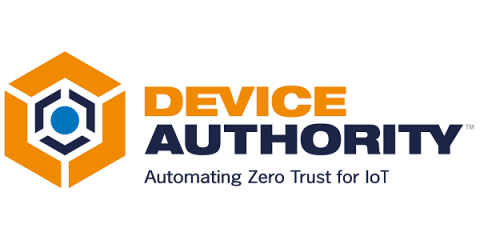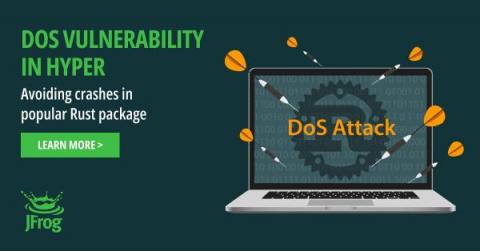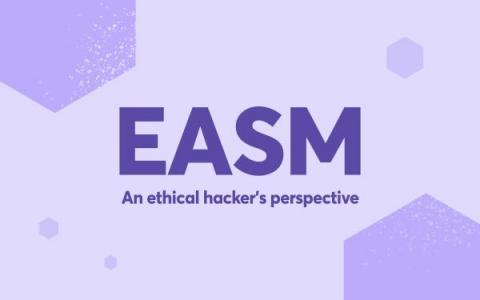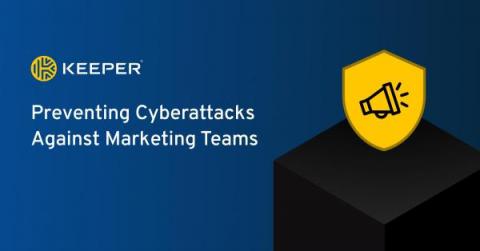Security | Threat Detection | Cyberattacks | DevSecOps | Compliance
Cyberattacks
AWS hit by Largest Reported DDoS Attack of 2.3 Tbps
Preventing Cyberattacks Against HR Teams
IT leaders count on Human Resource (HR) departments to be partners in promoting an organizational culture that values security. From setting device usage policies on an employee’s first day to facilitating security training and awareness, HR has an important role to play in the adoption of IT policies. In their day-to-day roles, HR is critical to security in its own right.
What is a cyber attack? Cybersecurity 101
10 of the Most Common IoT Hacks and How to Defend Against Them
The Internet of Things (IoT) has revolutionised the way we live and work, connecting devices and systems to the internet and each other to create a more efficient and interconnected world. However, as with any new technology, the IoT comes with its own set of security risks and vulnerabilities. In this blog, we will look at the 10 most common IoT hacks and how to defend against them.
Watch out for DoS when using Rust's popular Hyper package
The JFrog Security Research team is constantly looking for new and previously unknown vulnerabilities and security issues in popular open-source projects to help improve their security posture and defend the wider software supply chain.
Under the Wing: Detecting Fileless Attacks with Advanced Memory Scanning
The impact of cyber fouling and how scavengers might capitalize on it
The cyber landscape is ever-evolving. Organizations have started moving their resources to the cloud excessively to scale up their deliverables. The hybrid work culture and BYOD policies have made an organization’s network increasingly perimeter-less. With organizations adopting different policies to increase operational efficiency, SOCs scramble to ensure security in the network. As for attackers who are opportunists by nature, the hybrid work model introduces a lot of opportunities.
An ethical hacker's perspective on EASM
Gunnar Andrews discusses how ethical hackers can look to EASM techniques to help increase their ethical hacking skills. For organizations, this article gives insight into the methods and types of information that ethical hackers or even malicious attackers will collect to increase knowledge about an organization’s assets.
Preventing Cyberattacks Against Marketing Teams
In promoting a company and its products, marketing oversees critical points of contact between the business and its customers. Marketing teams make sure a company and its products are known in the broader market, gain the interest of potential customers and guide customers through the buying process. Just as importantly, marketing teams promote and steward a company’s brand — one of its most valuable assets.




